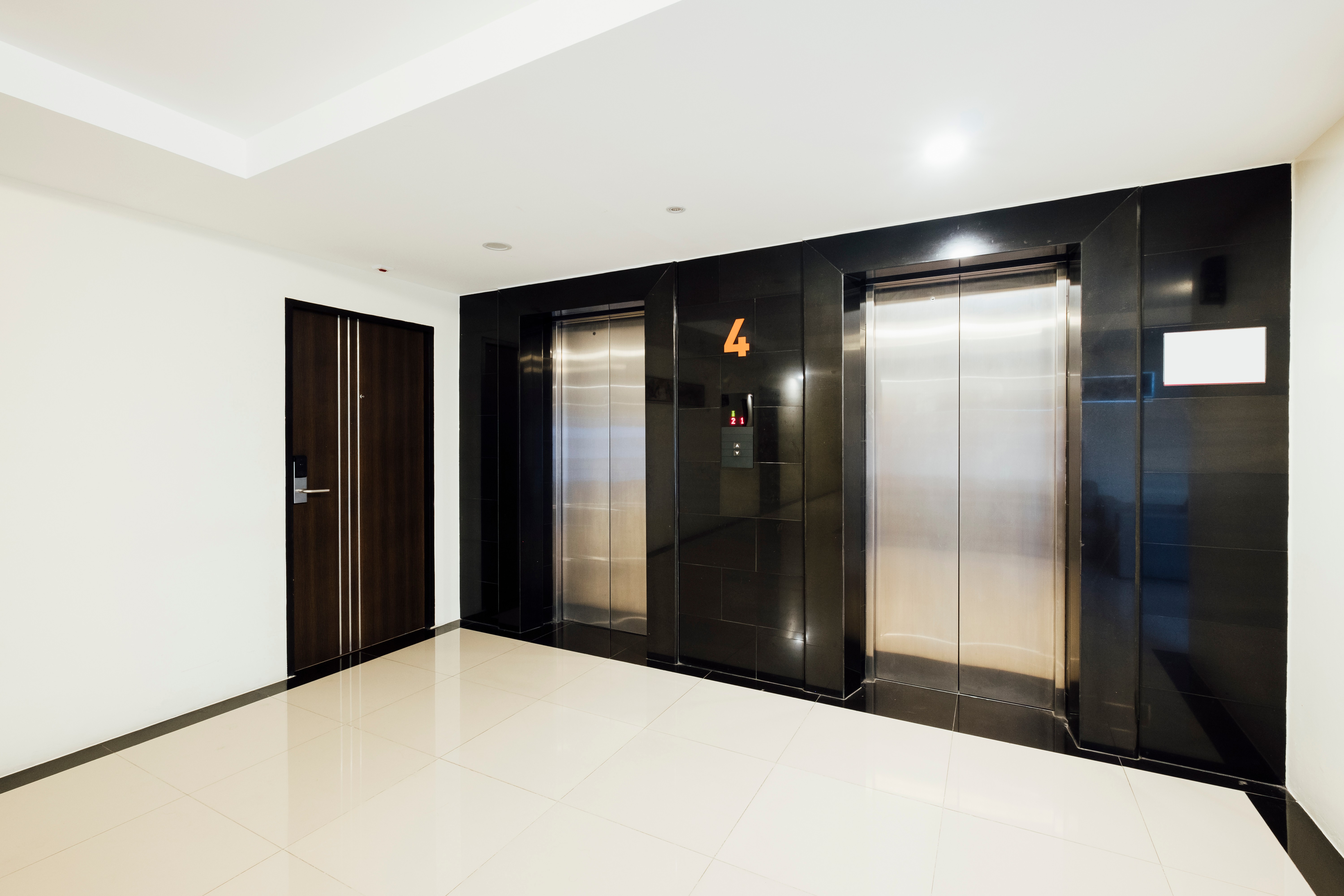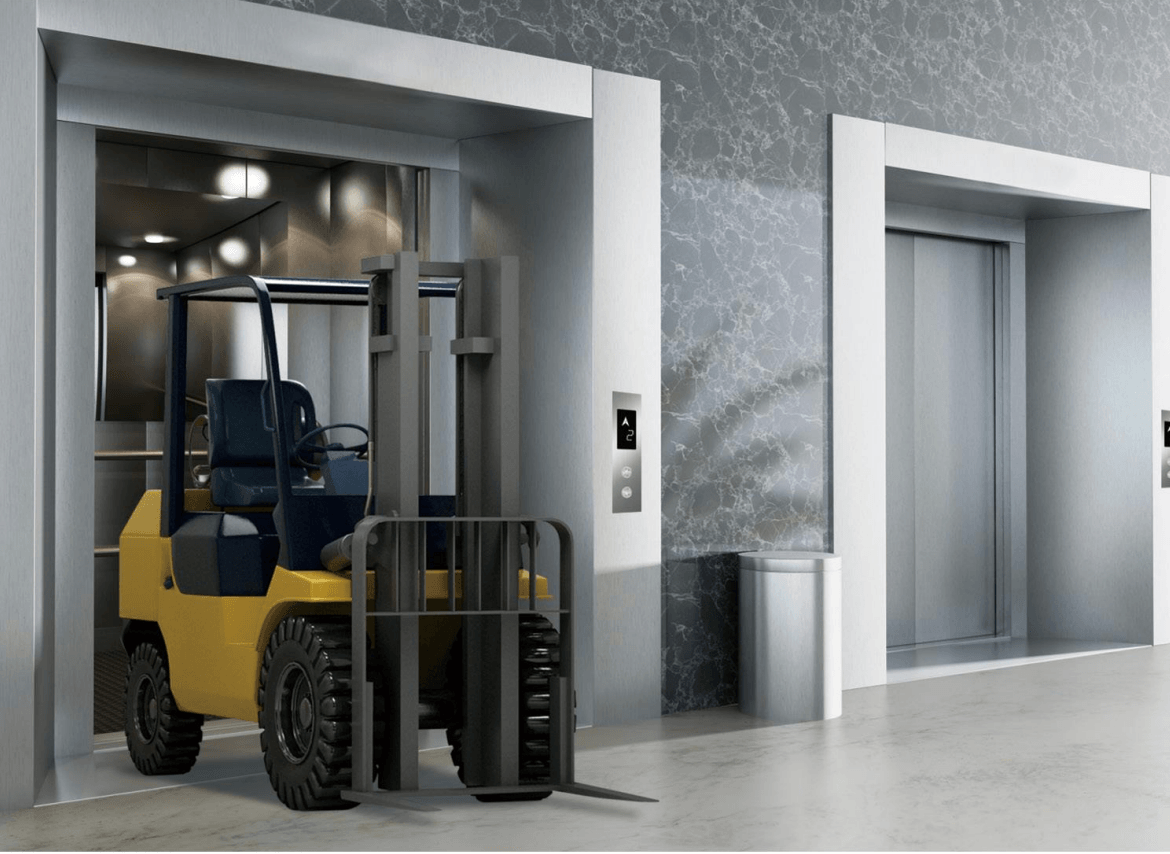Introduction

When it comes to transporting patients on stretchers, the requirements for elevator size and design are crucial. Elevator stretcher transportation demands careful consideration to ensure safety and efficiency. Selecting the right elevator for stretcher transport is essential for meeting the unique needs of medical facilities and ambulance services.
Understanding Elevator Stretcher Requirements
Understanding the specific requirements for elevator stretchers involves considering factors such as weight capacity, dimensions, and ease of access. Elevators must be designed to accommodate stretchers while ensuring patient comfort and safety during transportation.
Why Elevator Size Matters for Stretcher Transportation
The size of an elevator plays a significant role in stretcher transportation, as it determines whether a stretcher can fit comfortably without compromising patient safety or causing inconvenience to medical staff. Choosing the right size elevator is essential for seamless patient transport.
Safety and Efficiency in Stretcher Elevator Selection
Selecting an elevator that meets the specific requirements for stretcher transportation ensures both safety and efficiency. From compliance with elevator codes to considering the unique challenges of stretcher transport, prioritizing safety and efficiency is paramount.
Keywords: elevator stretcher, What is stretcher elevator?, What size elevator is needed for a stretcher?, What is the elevator code for stretchers?, What size lift for stretchers?, Otis stretcher elevator size, Elevator stretcher requirements
What is a Stretcher Elevator?

Stretcher elevators are specially designed to transport patients on stretchers between different floors of a building, such as in hospitals or medical facilities. These elevators are equipped with features that ensure the safe and efficient movement of patients in critical condition, providing a vital link in the chain of care for those requiring medical attention.
The Purpose and Function of Stretcher Elevators
The primary purpose of stretcher elevators is to facilitate the smooth and secure transfer of patients on stretchers within a building. These specialized elevators are equipped with wider doors and larger cabins to accommodate medical stretchers, allowing for easy access and egress during patient transport. Additionally, stretcher elevators feature smooth acceleration and deceleration to ensure patient comfort and stability during movement.
Key Features of Elevators Designed for Stretcher Transportation
Elevators designed for stretcher transportation are equipped with specific features tailored to meet the unique needs of patient transport. These include spacious cabins to accommodate different sizes of stretchers, non-slip flooring for added stability, and emergency communication systems to ensure immediate assistance if needed. Additionally, these elevators often have automatic door openers to streamline the process of loading and unloading patients.
The Importance of Compliance with Elevator Codes for Stretchers
Compliance with elevator codes specific to stretcher transportation is crucial for ensuring the safety and reliability of these specialized elevators. Adhering to these codes helps guarantee that stretcher elevator design, installation, and operation meet industry standards for patient transport, minimizing risks associated with non-compliance.
Determining the Right Size Elevator for Stretchers

When it comes to selecting the right elevator size for stretcher transportation, there are several critical factors to consider. The weight and dimensions of the stretcher, as well as the space required for medical personnel to accompany the patient, all play a crucial role in determining the appropriate elevator size.
Factors to Consider When Selecting Elevator Size for Stretcher Transportation
The weight and dimensions of the stretcher are primary considerations when determining elevator size for stretcher transportation. Additionally, it's essential to account for the space needed for medical personnel and any necessary equipment. These factors ensure that patients can be safely transported without any restrictions or limitations.
Guidelines for Identifying the Correct Elevator Dimensions for Stretchers
Guidelines for identifying the correct elevator dimensions for stretchers often include specific weight limits and minimum interior dimensions. These guidelines are established to guarantee that stretchers, along with medical staff and equipment, can comfortably fit inside the elevator without compromising safety or efficiency.
Understanding the Impact of Otis Stretcher Elevator Size on Patient Transport
The impact of Otis stretcher elevator size on patient transport cannot be overstated. Otis is a leading manufacturer of elevators designed specifically for stretcher transportation, and their precise dimensions have a direct impact on how seamlessly patients can be transported between floors.
Remember, when it comes to selecting elevators for stretcher transportation, understanding these factors is crucial in ensuring safe and efficient patient transport.
Elevator Stretcher Requirements

When it comes to elevator stretcher requirements, meeting the specific needs of stretcher transportation in elevator design is crucial. The elevator must be designed to accommodate the size and weight of stretchers, as well as provide easy access for medical staff. This includes features such as wider doors, spacious interiors, and smooth, bump-free rides for patient comfort.
Meeting the Specific Needs of Stretcher Transportation in Elevator Design
Elevator stretcher requirements demand careful consideration of the unique needs of stretcher transportation. This involves designing elevators with ample space to comfortably fit stretchers without any obstructions or tight squeezes. Additionally, ensuring that the elevator can handle the weight of stretchers and patients is essential for safe and efficient transport.
Key Considerations for Elevator Stretcher Transportation Safety and Efficiency
Safety and efficiency are paramount when it comes to elevator stretcher transportation. Elevator designs must prioritize features such as non-slip flooring, secure stretcher locking mechanisms, and emergency communication systems to ensure patient safety during transport. Efficiency is also key, with smooth acceleration and deceleration to prevent patient discomfort.
In addition to safety features, elevator stretcher transportation must also consider the unique challenges of maneuvering through narrow doorways and tight corners. Designing stretchers that can easily navigate these obstacles without compromising patient safety is essential for efficient transportation within a hospital or medical facility. This may involve innovative solutions such as collapsible or adjustable stretcher designs to accommodate different spaces and layouts.
Addressing the Unique Challenges of Elevator Stretcher Transport
Elevator stretcher transport presents unique challenges that must be addressed in design and functionality. These challenges include maneuvering stretchers through narrow doorways, navigating corners within the elevator car, and ensuring stable travel without jolts or sudden movements that could impact patient well-being.
In addition to these challenges, elevator stretcher transport also requires careful consideration of weight limits and load distribution to ensure the safety of both the patient and the elevator. The design must account for the weight of the stretcher, medical equipment, and personnel, as well as any potential shifts in weight during transport. Proper load distribution is essential to prevent strain on the elevator mechanisms and maintain smooth, stable travel.
Choosing the Ideal Elevator Car for Stretcher Transportation

Exploring Elevator Features That Accommodate Ambulance Stretchers
When selecting an elevator for stretcher transportation, it's important to consider features that accommodate ambulance stretchers. Look for elevators with wide doors and spacious interiors to ensure smooth entry and exit of the stretcher. Additionally, elevators equipped with adjustable lighting and ventilation systems can enhance the comfort of patients during transport. Furthermore, a key consideration in elevator car design is the presence of non-slip flooring to ensure stability during movement, providing a secure environment for both patients and medical staff. In addition, having easily accessible controls and emergency stop buttons within reach can help medical personnel navigate the elevator efficiently in case of any unforeseen circumstances.
The Role of Elevator Car Design in Facilitating Stretcher Transportation
The design of the elevator car plays a crucial role in facilitating stretcher transportation. A well-designed elevator car should have a non-slip floor surface to ensure stability during movement. It should also be equipped with safety rails and secure fastening systems to keep the stretcher in place, providing a stable and secure environment for patients during transit.
How Elevator Technology Enhances Stretcher Transport Efficiency
Modern elevator technology has significantly enhanced stretcher transport efficiency. Elevators with advanced control systems can optimize travel time, ensuring swift and smooth movement between floors. Additionally, features such as automatic door opening/closing mechanisms and emergency communication systems further contribute to the overall efficiency and safety of stretcher transportation.
Remember, when choosing an elevator for stretcher transportation, prioritize features that accommodate ambulance stretchers, consider the role of elevator car design in facilitating safe transport, and leverage modern technology to enhance efficiency.
Elevator Stretcher Code Compliance

Understanding Elevator Codes for Stretcher Transportation
When it comes to elevator stretcher code compliance, it's essential to understand the specific regulations and requirements set forth for safe and efficient stretcher transportation. Elevator codes for stretchers are designed to ensure that elevators used for stretcher transport meet certain standards to guarantee the safety of patients and medical personnel.
Elevator codes for stretchers cover a range of factors, including the size and weight capacity of the elevator, as well as the necessary safety features. These regulations ensure that elevators used for stretcher transportation are equipped to handle the specific needs of patients in a safe and efficient manner. Additionally, adherence to these requirements is crucial in preventing accidents and injuries during the transportation of patients within healthcare facilities.
Ensuring Adherence to Elevator Stretcher Requirements
Adhering to elevator stretcher requirements involves closely following the guidelines and specifications outlined in elevator codes for stretchers. This includes aspects such as the size of the elevator, weight capacity, door dimensions, and emergency features necessary for stretcher transportation. By ensuring strict adherence to these requirements, you can guarantee a secure and smooth experience when using elevators for stretcher transport.
Furthermore, strict adherence to elevator stretcher requirements is essential for ensuring the safety and well-being of patients being transported. By following the guidelines outlined in elevator codes, you can minimize the risk of accidents or malfunctions during transport, providing peace of mind for both patients and medical staff. This commitment to compliance also demonstrates a dedication to upholding industry standards and best practices in healthcare facilities.
The Impact of Elevator Code Compliance on Stretcher Transportation Safety
The impact of elevator code compliance on stretcher transportation safety cannot be overstated. By strictly adhering to these regulations, you are effectively minimizing risks associated with using elevators for stretcher transport. This not only ensures the safety of patients but also provides peace of mind for medical personnel responsible for their transportation.
Remember that when it comes to elevator stretcher code compliance, understanding the specific regulations is key to ensuring safe and efficient transportation in healthcare facilities.
Conclusion

Ensuring Safe and Efficient Stretcher Transportation in Elevators
When it comes to elevator stretcher transportation, safety and efficiency are of utmost importance. Choosing the right elevator size and design is crucial to ensure smooth and secure transport of patients on stretchers. By prioritizing safety and efficiency, you can guarantee a seamless experience for both patients and medical staff.
Making the Right Choice for Elevator Stretcher Transport
Selecting the ideal elevator for stretcher transportation involves careful consideration of elevator size, compliance with elevator codes, and meeting specific stretcher requirements. By making informed decisions based on these factors, you can ensure that patients are transported comfortably and securely within your facility.
Elevator Stretcher Selection Best Practices
In order to adhere to best practices for elevator stretcher selection, it's essential to prioritize compliance with elevator codes, consider the unique needs of stretcher transportation, and choose elevators that are specifically designed for this purpose. By following these best practices, you can guarantee safe and efficient stretcher transport within your facility.

